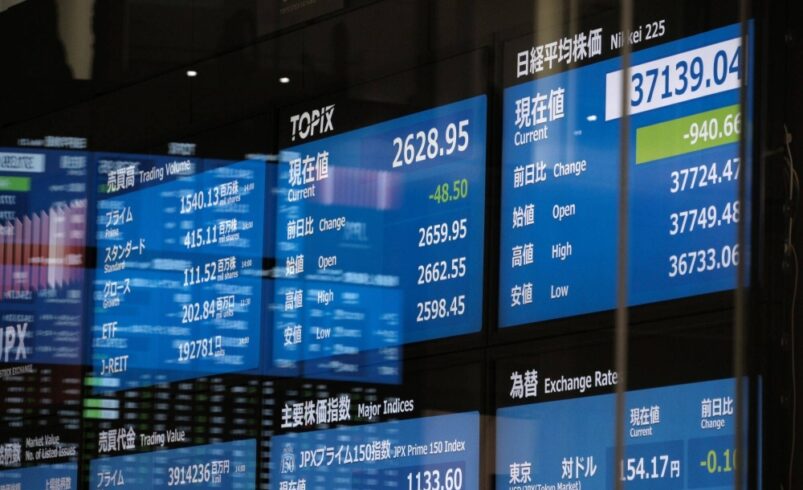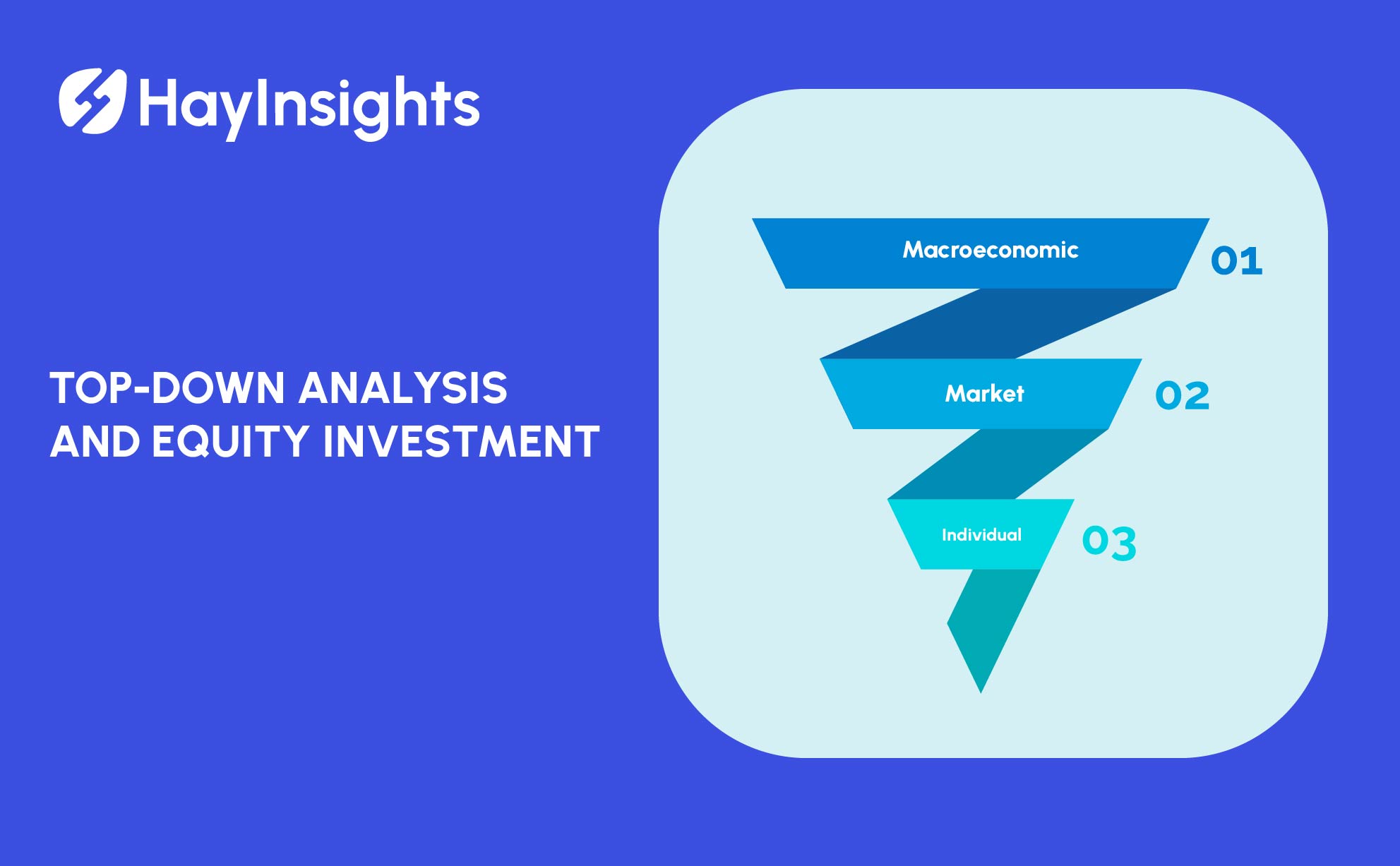
Understanding GDP and Its Impact on Japan
Introduction
Gross Domestic Product (GDP) is a crucial indicator used worldwide to measure economic performance. It represents the total monetary value of all goods and services produced within a country’s borders in a specific time period. Understanding GDP helps economists, policymakers, and citizens gauge the health of an economy. This article delves into the concept of GDP, its significance, and its profound impact on Japan’s economy.
What is GDP?
Defining GDP
GDP stands for Gross Domestic Product. It is the most widely used measure of an economy’s output and provides an economic snapshot of a country. GDP can be calculated using three approaches: production (or output) approach, income approach, and expenditure approach.
- Production Approach: Adds the value of output produced by every enterprise in the economy.
- Income Approach: Sums up total national income, including wages, rents, interest, and profits.
- Expenditure Approach: Totals the nation’s consumption, investment, government spending, and net exports (exports minus imports).
Nominal vs. Real GDP
Nominal GDP measures a country’s economic output using current prices without adjusting for inflation, whereas Real GDP accounts for inflation, providing a more accurate reflection of an economy’s size and how it’s growing over time.
GDP Per Capita
GDP per capita divides the GDP by the country’s population, offering an average economic output per person. This metric helps compare economic performance between countries and over time, providing insights into the standard of living and economic well-being of a population.
The Importance of GDP
Economic Indicator
GDP is a comprehensive measure that reflects the economic activity and health of a country. A rising GDP indicates a growing economy with increasing production and consumption, whereas a declining GDP signals economic trouble.
Policy Making
Governments and policymakers use GDP data to formulate economic policies. High GDP growth can lead to more aggressive fiscal policies, such as increased spending on infrastructure and public services. Conversely, a shrinking GDP might prompt measures to stimulate the economy, such as tax cuts or interest rate adjustments.
Investment Decisions
Investors and financial institutions rely on GDP figures to make informed investment decisions. A robust GDP growth rate can attract foreign investments, boost stock markets, and enhance investor confidence.
GDP in Japan
Historical Context
Japan, one of the world’s largest economies, has experienced significant economic transformations over the past century. Post-World War II, Japan’s economy saw rapid growth, becoming a global economic powerhouse by the 1980s. However, the 1990s brought a period of stagnation known as the “Lost Decade,” where GDP growth was sluggish, and the economy struggled with deflation and financial crises.
Current Economic Landscape
Today, Japan faces unique economic challenges and opportunities. With a GDP of approximately $5 trillion, it remains the third-largest economy globally, after the United States and China. However, Japan’s GDP growth rate has been modest in recent years, hovering around 1-2% annually.
Demographic Challenges
One of the critical factors affecting Japan’s GDP is its aging population. Japan has one of the highest life expectancies in the world and a low birth rate, leading to a shrinking workforce. This demographic shift puts pressure on the economy, as fewer workers are available to drive economic growth and support the increasing number of retirees.
Technological Innovation
Despite demographic challenges, Japan remains a leader in technological innovation. Investments in robotics, artificial intelligence, and green technologies are crucial areas where Japan aims to boost its GDP. These sectors not only foster economic growth but also provide solutions to the labor shortages caused by an aging population.
Global Trade
Japan’s economy is heavily reliant on global trade. Exports, particularly automobiles and electronics, are significant contributors to its GDP. Trade relationships with countries like the United States, China, and South Korea are vital. Any changes in global trade dynamics, such as tariffs or trade agreements, can have a direct impact on Japan’s GDP.
Impact of Natural Disasters
Japan is prone to natural disasters, such as earthquakes and tsunamis, which can have devastating effects on its economy. The 2011 earthquake and tsunami, for instance, caused significant damage, leading to a temporary decline in GDP. Rebuilding efforts, however, also contribute to GDP growth, highlighting the complex relationship between natural disasters and economic performance.
The Role of International Trade in Japan’s GDP
Importance of Exports
Japan’s economy is heavily dependent on exports, which play a crucial role in its GDP. Major export products include automobiles, electronics, machinery, and chemicals. Companies like Toyota, Sony, and Panasonic are global giants, driving significant revenue through international sales. The performance of these export-oriented industries directly influences Japan’s GDP growth.
Trade Relationships
Japan maintains strong trade relationships with numerous countries, including the United States, China, and members of the European Union. These trade partnerships are vital for economic stability and growth. Trade agreements, such as the Japan-United States Trade Agreement and the Economic Partnership Agreement with the European Union, help reduce tariffs and promote smoother trade flows, positively impacting GDP.
Impact of Global Trade Dynamics
Global trade dynamics, including tariffs, trade wars, and changes in global demand, can significantly affect Japan’s GDP. For instance, fluctuations in demand for Japanese cars or electronic goods in major markets like the U.S. or China can lead to economic adjustments. Moreover, geopolitical tensions and trade disputes can pose risks to Japan’s export-driven economy, potentially affecting GDP growth.
Conclusion
GDP is a vital economic indicator that provides insights into the health and performance of an economy. For Japan, understanding GDP helps navigate the complexities of its unique economic landscape, from demographic challenges to technological advancements and global trade dynamics. As Japan continues to adapt and innovate, monitoring GDP trends will be crucial in shaping policies and strategies for sustained economic growth.













